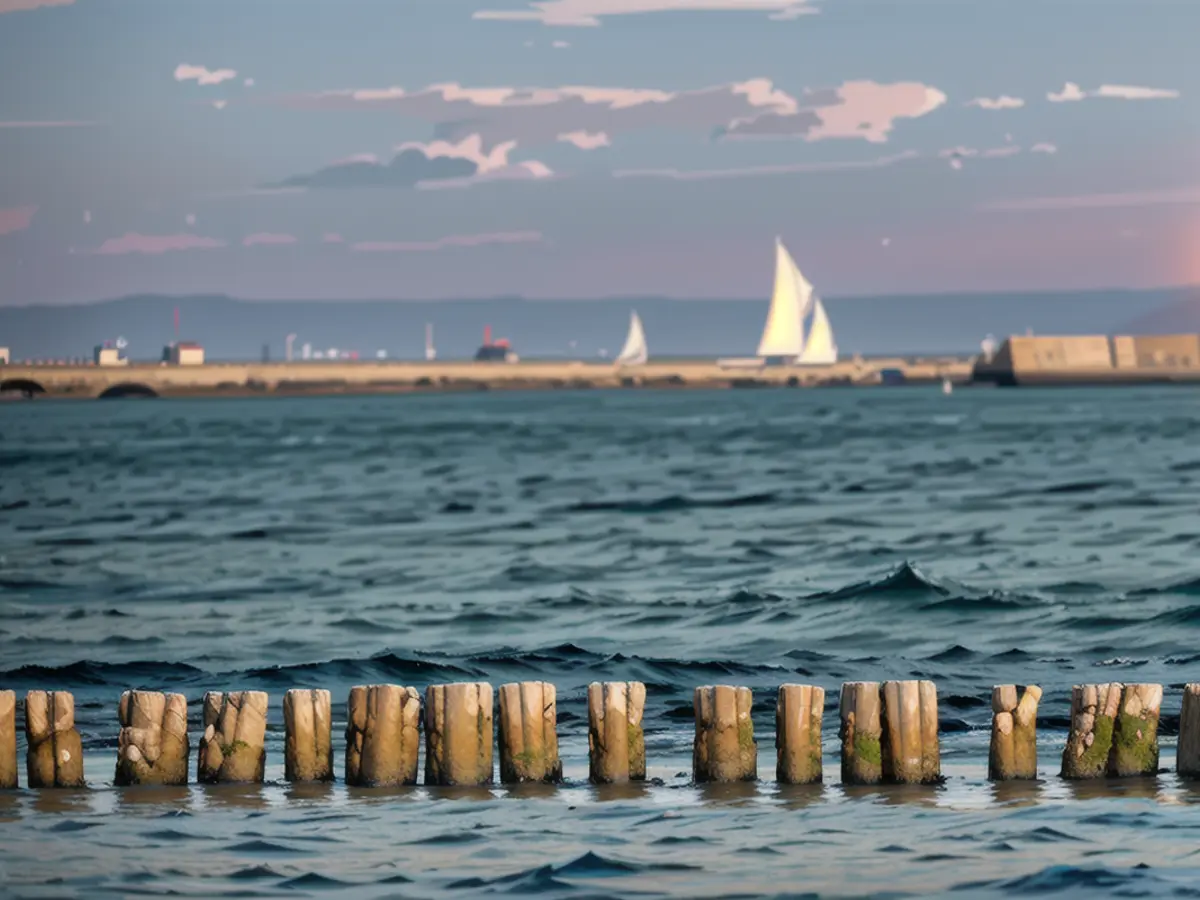Research suggests pollution with thallium in the Baltic Sea.
A recent study has revealed that the Baltic Sea is heavily contaminated with the toxic heavy metal thallium, with human activities being largely responsible for its presence over the past 80 years, contributing anywhere from 20% to over 60%. Conducted by researchers from the Woods Hole Oceanographic Institution (WHOI) in the US state of Massachusetts and various other institutions, it noted that the thallium content in the ocean's water currently remains low, though it could rise due to natural or human-induced increases in oxygen levels in the Baltic Sea.
Thallium (chemical symbol: TI), known for its toxicity to mammals, was the focus of this study which has received notable attention from various media outlets. Colleen Hansel, co-author from the WHOI Department of Marine Chemistry and Geochemistry, stated that the release of TI in seawater and sediments is typically dependent on the absence of oxygen and the presence of sulphides. When oxygen levels increase, it reduces the sulphides, causing thallium to become available in the seawater.
The analysis of sediment cores indicated that the buildup of TI began between 1940 and 1947. While the exact origin remains uncertain, the study suggests that regional cement production, which dramatically increased after World War II, could be the cause of the thallium inputs. The Max Planck Institute for Marine Microbiology in Bremen and the Leibniz Institute for Baltic Sea Research Warnemünde (IOW) were also involved in the study.
Read also:
- Year of climate records: extreme is the new normal
- Precautionary arrests show Islamist terror threat
- UN vote urges Israel to ceasefire
- SPD rules out budget resolution before the end of the year
- The consequences of this prolonged thallium exposure in the Baltic Sea could potentially have harmful impacts on both its flora and fauna, requiring further studies to fully understand the extent of the damage.
- Given the findings of the study, it is crucial to monitor thallium levels in marine organisms living in the Baltic Sea to assess the risk of bioaccumulation and biomagnification within the food web.
- The researchers urge for stricter regulations in the use and disposal of thallium in industries like cement production to prevent further contamination of the Baltic Sea and ensure the health of its ecosystem.
Source: www.ntv.de








